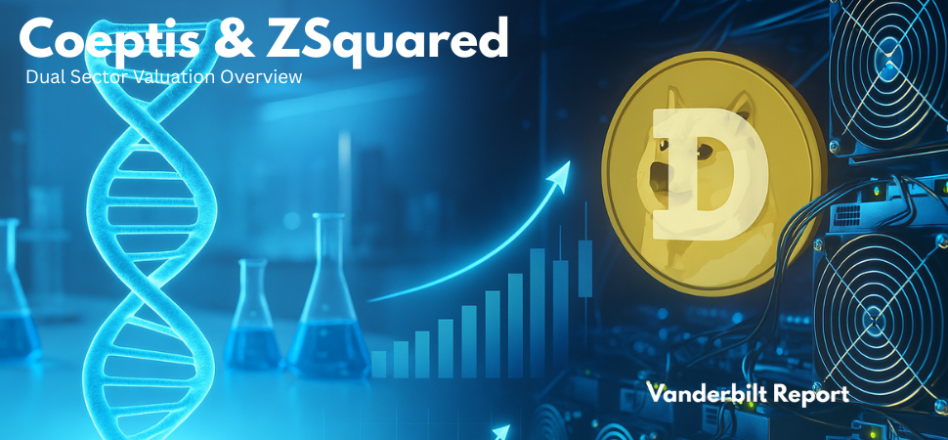AI-Driven Malware in 2025: Real-Time Mutation and Evasion Strategies Redefining Cybersecurity

In 2025, the landscape of cyber threats has been dramatically reshaped by the rise of AI-driven malware—malicious software that leverages artificial intelligence to autonomously adapt, mutate, and evade traditional security defenses in real time. Unlike conventional malware that follows preset patterns, AI-driven variants employ advanced machine learning techniques to continuously learn from their environment and dynamically modify their behavior, making them far more elusive and dangerous.
The Evolution of Malware: From Static to Adaptive
Historically, malware relied on static signatures and predictable code patterns, making it vulnerable to detection by antivirus and signature-based tools. However, AI-driven malware represents a paradigm shift. By harnessing AI algorithms, these malicious programs generate polymorphic and metamorphic code that can alter its structure constantly, ensuring each iteration has a unique digital fingerprint. This ongoing modification defeats conventional scanners and extends the malware’s lifespan within target systems.
Real-Time Mutation and Sophisticated Evasion Techniques
AI-powered malware uses several cutting-edge tactics to outsmart detection:
- Polymorphic and Metamorphic Modifications: The malware restructures its code multiple times within minutes, morphing its appearance to evade hash and signature detection.
- Context-Aware Behavior: Through AI analysis of target systems, malware customizes its attack vectors by exploiting unique vulnerabilities, optimizing its infiltration and persistence strategies.
- Autonomous Decision-Making: These programs independently decide the best course of action for lateral movement, privilege escalation, and data exfiltration based on the ongoing state of the network.
- Mimicry and Stealth: To avoid raising alarms, AI malware mimics legitimate software behavior and network traffic, cloaking itself within benign communications and rewriting code segments when it detects scrutiny.
Implications for Cybersecurity
The dynamic and intelligent nature of AI-driven malware presents a considerable challenge for cybersecurity professionals. Traditional detection methods, based on static rules and known signatures, are now insufficient. Instead, organizations are adopting behavior-based and machine-learning-enhanced detection technologies capable of identifying anomalous activities reflective of AI malware operations.
This shift also lowers barriers for cybercriminals: AI-assisted malware development tools allow even those with limited coding skills to launch sophisticated attacks. Consequently, malware-as-a-service platforms are proliferating, equipping a broader range of threat actors.
Preparing for the Future: Defense Strategies
To counter such mutable threats, cybersecurity strategies must embrace AI-powered defense mechanisms that can operate and respond in real time. This includes deploying advanced endpoint detection and response (EDR) systems, network traffic analysis augmented by AI, and continuous threat intelligence sharing. Sectors critical to national infrastructure, including energy, healthcare, and finance, must prioritize these approaches to safeguard against AI-driven cyberattacks, which can have far-reaching consequences.
Conclusion
AI-driven malware marks a significant escalation in cyber warfare tactics, reshaping the battlefield with rapidly evolving, intelligent threats that traditional defenses cannot easily address. In 2025 and beyond, the security community must rely on equally advanced AI-powered technologies and adaptive strategies to stay one step ahead and protect digital ecosystems from this new generation of cybercrime.








